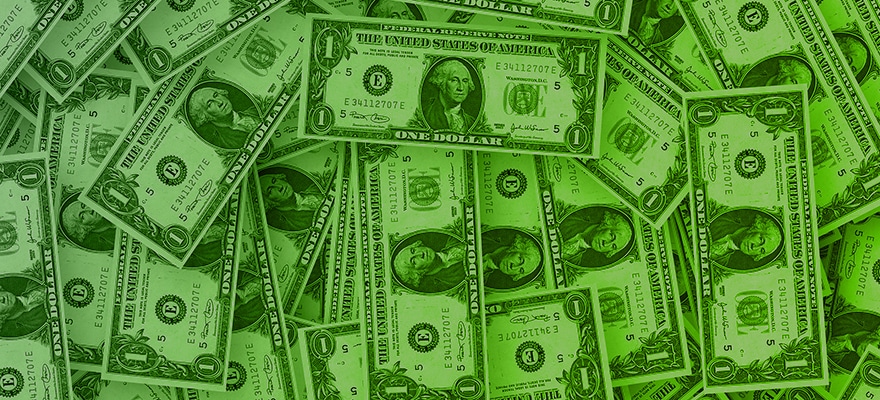British bank Barclays has issued its quarterly foreign Exchange outlook highlighting a couple of themes coming throughout the quarter. Amongst its top trades the forecasters are highlighting a number of U.S. dollar positive bets. The currencies against which the strategists from Barclays are betting are the euro, the Swiss franc, the Australian dollar and the Israeli shekel.
In contrasts to the expectations of Barclays the U.S. dollar has paused its rally for longer than expected, but the team still maintains its bullish outlook on the Greenback namely due to monetary policy divergence.
Apparently the dovish message form the Federal Reserve chair issued last week has not been enough to deter the forecasts of Barclays as it expects that the euro will fall through parity early in 2016.
the forecast comes despite expectations about a resolution to the Greek problems
The forecast comes despite expectations by the bank that a resolution to the Greek problem will be reached soon. This in turn should negatively impact another European currency - the Swiss franc.
Turning its focus on the Far East, the team forecasting currency moves at Barclays is focusing on Japan. According to the note, cheap Japanese assets should be a backstop to further yen depreciation.
The antipodean currencies are still seen as overvalued by the British bank. Despite already low levels by recent standards, the Australian and the New Zealand dollars are likely to depreciate further from present levels.
long on the U.S. dollar against the Israeli shekel
Focusing on the Chinese yuan, Barclays expects no material changes due to the growth slowdown seen in China. Highlighting other emerging markets themes, the company is recommending three trades - a long on the U.S. dollar against the Israeli shekel, a long on the Indian rupee against the Hungarian forint and another U.S. dollar long, this time around against the Mexican peso.
The universal dollar bullishness seems to be continuing amongst major analysts despite recent Federal Reserve reluctance to commit to a sustained pace of increasing interest rates. As Federal Reserve chair Janet Yellen voiced its dovish message last week, the U.S. dollar did depreciate, but only to recover rather quickly against the euro and regain some ground against the British pound.
Speaking of the British pound, Barclays highlights that the election victory by David Cameron is a big boost to the currency’s value. That said, over the next couple of years a risk of tighter fiscal policy could weigh on the economic output in the U.K. which in turn could impact monetary policy of the Bank of England.

















